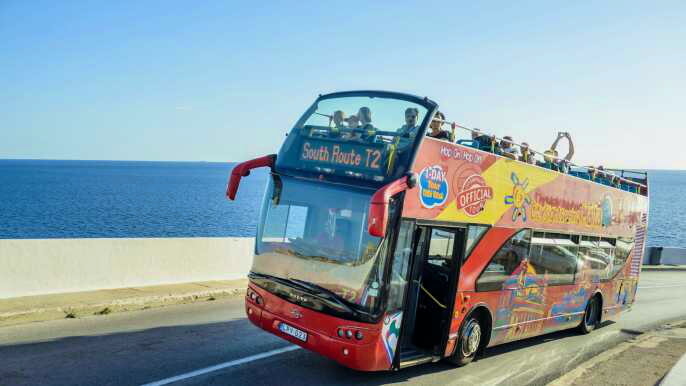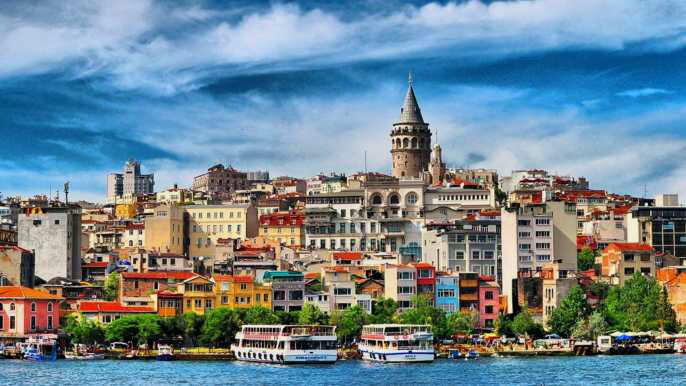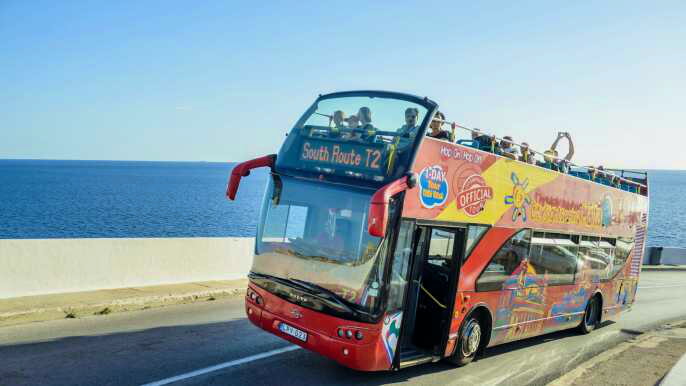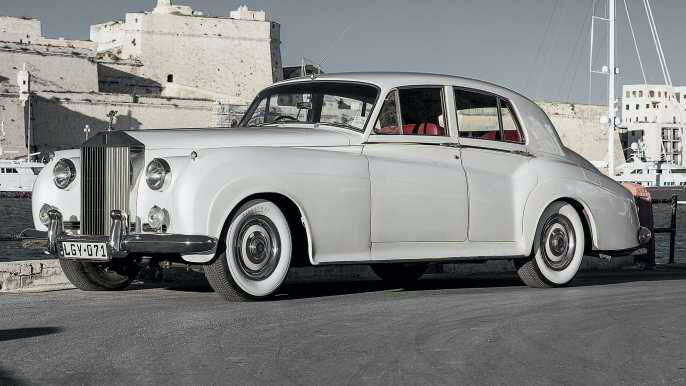Valletta (or Il-Belt) is the tiny capital of the Mediterranean island nation of Malta. It’s known for museums, palaces and grand churches.
A lot of the city centre is pedestrianised and much of it can be explored on foot. But if you want to take a break from walking, there are also plenty of options for public transport.
1. St. John’s Co-Cathedral
Built in the 16th century by the Knights of St John, the cathedral is one of the most impressive Baroque structures in Europe and a top attraction on many tourists’ lists. Commissioned by Grand Master Jean de la Cassiere, it was completed in 1578 and is considered to be a prime example of early Baroque architecture.
The interior is a celebration of Baroque art with intricate carved stone walls and breath-taking vaulted ceilings decorated by Mattia Preti, a Calabrian artist. The figures painted into the ceiling next to each column initially appear like statues, but on closer inspection, they have been cleverly created by Preti using light and shadow.
The Co-Cathedral is also home to 375 gravestones, each of which features the name of a surviving knight or Grand Master. Visitors can also take a tour of the chapels dedicated to each of the eight langues or ‘languages’ of the Order.
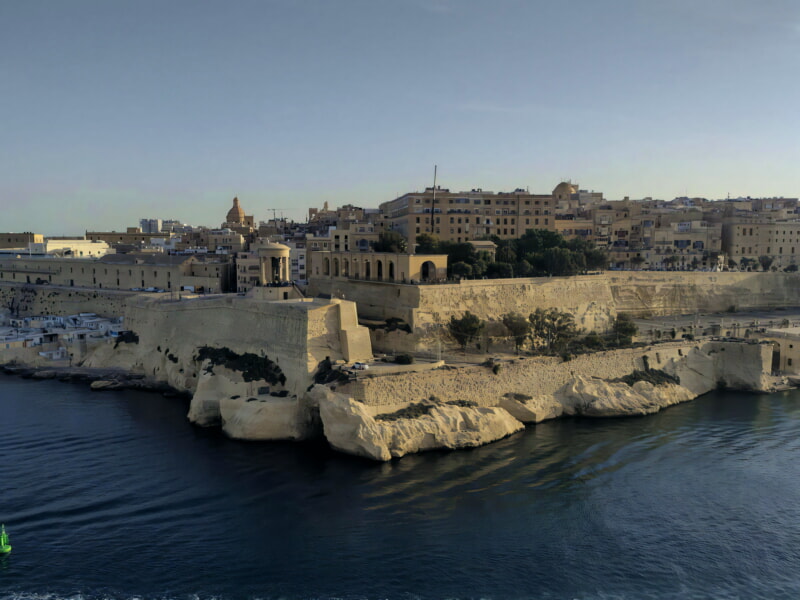
2. Upper Barrakka Gardens
There’s always a lot to see and do in Valletta, the capital city of Malta. There are plenty of museums, cathedrals, piazzas, squares and gardens to explore.
The Upper Barrakka Gardens are one of the best places to take a break from the crowds and enjoy the sweeping panoramic views of the Grand Harbour. There are beautiful fountains and manicured green space, as well as benches to sit back and relax over a cup of coffee from the resident cafe.
There’s also the option to visit the Lascaris War Rooms and HQ War Tunnels beneath Lower Barrakka Gardens, an underground labyrinth of rooms and tunnels that once served as the defence base for Malta throughout the centuries. It’s an excellent and informative experience that’s highly recommended if you’re interested in the island’s military history.
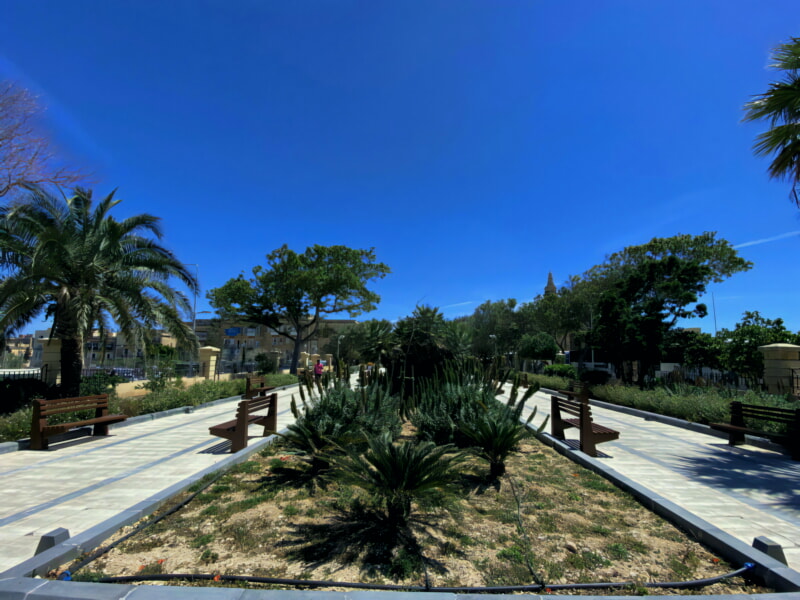
3. Triton Fountain
One of the most iconic and striking things to see in Valletta is the Triton Fountain outside of the main gate. Sculpted by Maltese sculptor Vincent Apap in 1959, this grand work of art is a must-see for all tourists to Malta.
The fountain is composed of three large bronze figures of mythological tritons, each holding a dish of water that beats from the bottom. Interestingly, none of the tritons are holding their famous trident.
You can get a lovely view of the fountain from the surrounding terrace. It’s also a great place to grab a bite to eat and enjoy the summer breeze.
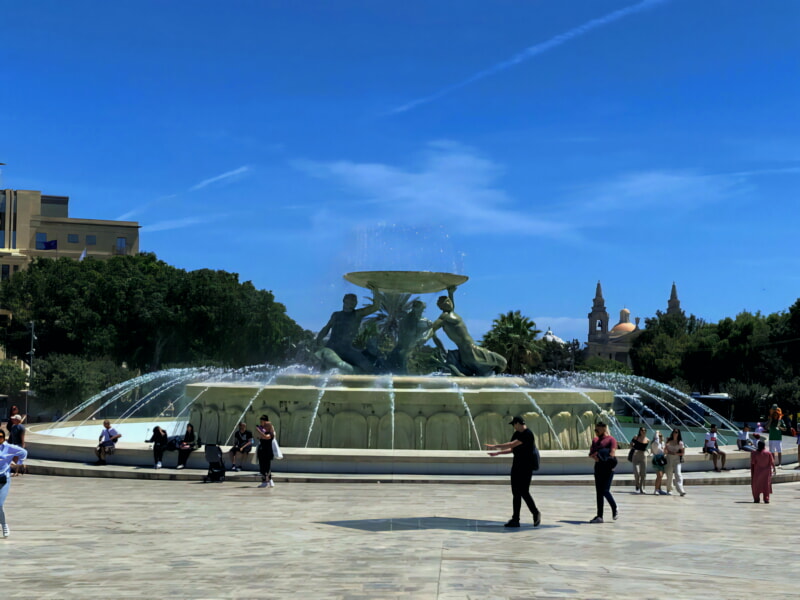
4. Grand Master’s Palace
The Grand Master’s Palace is one of the most important buildings in Valletta. It was originally the headquarters of the Order of St. John, but now houses the office of the president of Malta.
The Palace has an asymmetrical facade with an austere Mannerist style designed by Maltese architect Girolamo Cassar. Over time, alterations were made to the building, including the addition of the cornice at roof level and the long closed timber balconies that wrap around the main facades.
Inside the palace, visitors will find a number of rooms, many of which were once used by the Grand Masters. These include the Pages’ Room, or Yellow State Room; the State Dining Room and Supreme Council Hall.
5. St. George’s Square
St George’s Square, for centuries the silent witness of Malta’s history in the making, has finally been re-inaugurated at the end of a six-month rehabilitation project. This is a great opportunity to take in the architecture and learn more about this special place.
The Square is surrounded by important buildings and monuments of the Knights of Malta, including the Grand Master’s Palace, the Order’s Treasury (now the Casino Maltese) and the Knights’ Chancellery. They have all been listed Grade 1 of national/universal significance as per Article 46 of the Development Planning Act.
For the history buff, it’s also worth taking a look at Casa Rocco Piccolo, the colourful mansion that tells the story of Malta’s 16th century nobility. If you’re interested in military history, you can also visit Fort St Angelo, which houses Malta’s War Museum that takes you on a journey through the different wars Malta has faced throughout its history.
